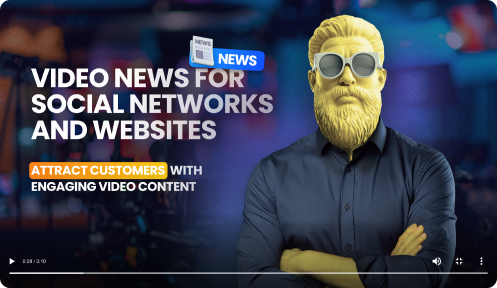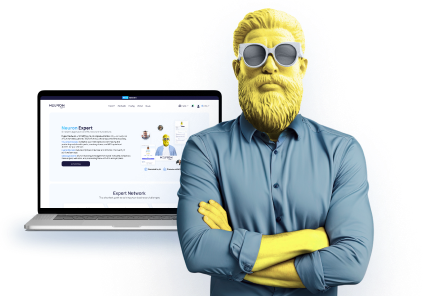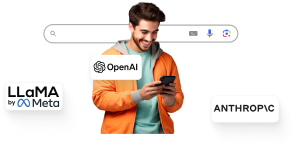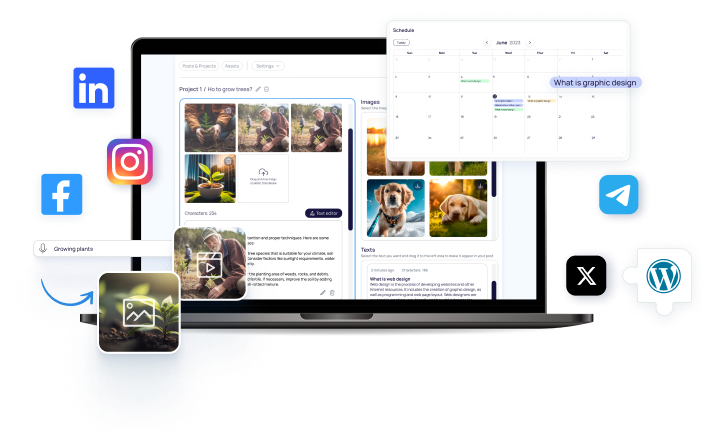OpenAI's Dual Role: AI Innovation Lab and Commercial Tech Giant

OpenAI effectively exists as two entities. One is the pioneering AI lab behind revolutionary technologies like ChatGPT, which sparked the generative-AI boom and aims to develop “superintelligent” AI surpassing human abilities. The other is a conventional tech business pursuing commercial expansion—reportedly exploring a social network, hardware, and rolling out user-focused ChatGPT features like an image library and chat “referencing” for personalized interactions. This OpenAI resembles other major tech firms like Meta, Apple, and Google, striving to engage users within a continuously evolving product ecosystem. Leading tech companies succeed by creating interconnected service ecosystems that lock in users—for example, Apple’s seamless integration of iPhone, MacBook, iCloud, and iMessage, or Google’s combination of Search, Drive, Chrome, and Android. Unlike hardware or browsers, chatbots are easy to switch between simply by changing URLs, posing a challenge for AI startups like OpenAI that lack an extensive ecosystem. Although CEO Sam Altman claims around 800 million weekly users—a significant portion of the global population—even half that user base risks being lost to competitors like Anthropic, Google, and emerging AI firms. Collecting and leveraging user data (images, chats, purchases) to build integrated products helps maintain user loyalty despite potentially “smarter” rivals.
OpenAI’s recent offer of two months free premium access for college students and hiring executives from Meta, Twitter, Uber, and NextDoor reflect this strategy, mirroring previous tech giants’ tactics of free or improved services to foster lasting engagement. These dual aspects of OpenAI—as a groundbreaking research lab and as a profit-driven tech company—are not mutually exclusive. OpenAI asserts that commercialization aids AI development by familiarizing users with the technology, enabling real-world testing, and encouraging thoughtful usage. ChatGPT’s success stems largely from its conversational, user-friendly design rather than leaps in raw AI “intelligence. ” If OpenAI's mission is to create AI “benefiting all humanity, ” sharing its technology now both aligns with that ideal and provides financial incentives to improve AI models, with increased revenue fueling continued innovation. However, OpenAI’s shift from nonprofit roots toward a more profit-oriented corporate model is evident. Ambitious goals like drug discovery via AI are appealing, but profitability from consumer services is essential to sustain operations, especially given last year’s losses exceeding $1 billion. OpenAI emphasizes open access—anyone can use ChatGPT from any browser, and developers may switch models freely—highlighting competition as beneficial for users and innovation. Competitors take different paths: Anthropic integrates its Claude chatbot into existing ecosystems like Gmail and Google Docs, gaining user presence within established platforms. Meta offers its Llama AI models freely for developers to download and modify, positioning Llama as a potential industry standard. OpenAI seems to pursue both approaches—building its own walled garden while planning to release an open AI model later this year—aiming to dominate not only its user base but also serve as a foundational AI resource for others.
Brief news summary
OpenAI is a leading AI research lab and tech company known for innovations like ChatGPT. It aims to develop transformative superintelligent AI while creating accessible features, exploring hardware, and building a strong user ecosystem. Unlike major tech firms such as Apple or Google, OpenAI faces challenges in retaining users since AI chatbots can be easily replaced. With around 800 million weekly users, it focuses on personalization, data collection, and offering free premium access to maintain engagement amid competition from companies like Anthropic and Meta. OpenAI balances cutting-edge research with commercialization, funding advancements through consumer products while navigating tensions between openness and proprietary control in a competitive, costly market. Its rivals pursue different strategies—Anthropic emphasizes platform integration, Meta releases open-source models—while OpenAI aims to secure its ecosystem and share open models, positioning itself as a key leader in AI software.
AI-powered Lead Generation in Social Media
and Search Engines
Let AI take control and automatically generate leads for you!

I'm your Content Manager, ready to handle your first test assignment
Learn how AI can help your business.
Let’s talk!

Guatemala’s banking giant embeds blockchain for r…
Banco Industrial, Guatemala’s largest bank, has partnered with digital asset service provider SukuPay to integrate blockchain technology into its banking services, aiming to enhance cross-border transactions for customers.

Mark Cuban says Anthropic's CEO is wrong: AI will…
Mark Cuban asserts that AI will generate jobs rather than eliminate them.

NJ County To Put $240B In Land Records On Blockch…
PLEASE NOTE: A verification email will be sent to your email address before you can start your trial.

AI Agents Deliver Productivity, But That’s Only P…
The consensus on agentic AI’s ability to fulfill its promises is cautiously optimistic: so far, so good, but with important caveats.

Blockchain firm, NJ county ink deal to digitize $…
A recent agreement between a blockchain company and one of the most densely populated counties in the U.S. will lead to the digitization of 370,000 property deeds, collectively valued at $240 billion in real estate.

Nvidia earnings: Its AI performance could lift th…
Nvidia is not the only significant AI-related stock on Wall Street, as the AI sector encompasses data centers, energy, and more.

Why AI hasn’t taken your job
And any jobs apocalypse seems a distant prospect May 26th 2025 | San Francisco Nearly every week, the world advances another step closer to artificial super-intelligence

 Auto-Filling SEO Website as a Gift
Auto-Filling SEO Website as a Gift








 Auto-Filling SEO Website as a Gift
Auto-Filling SEO Website as a Gift

